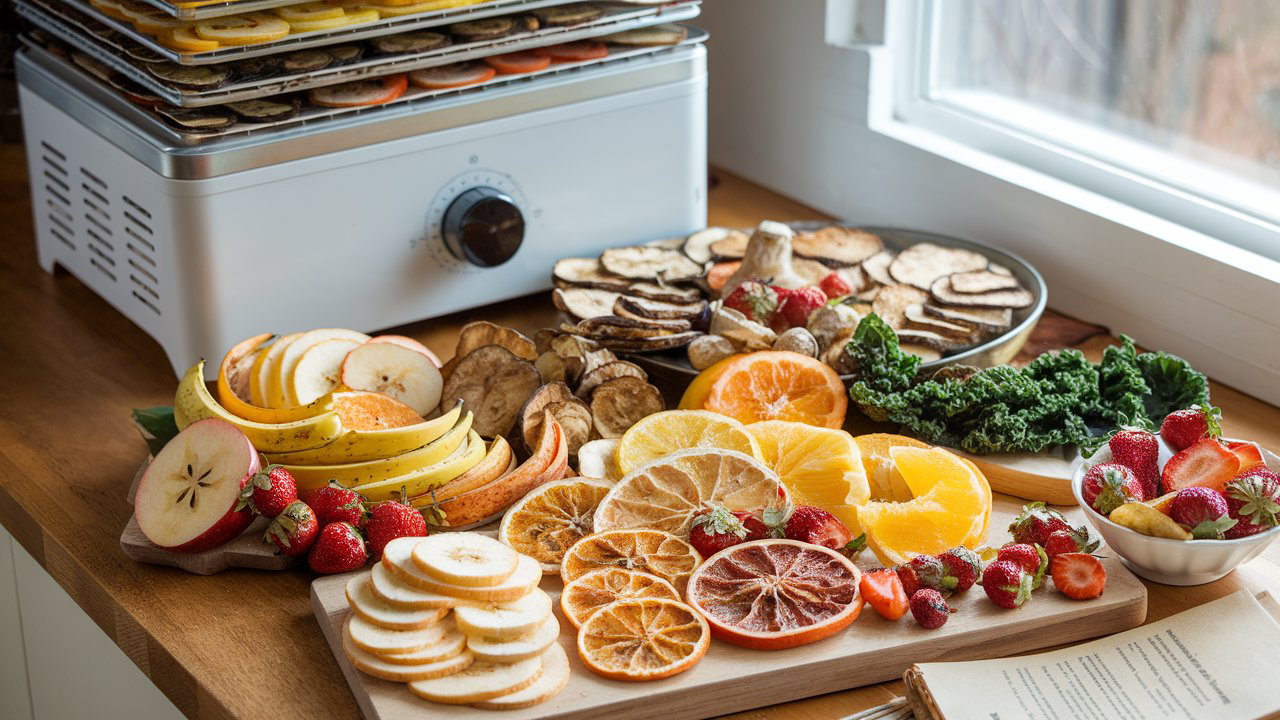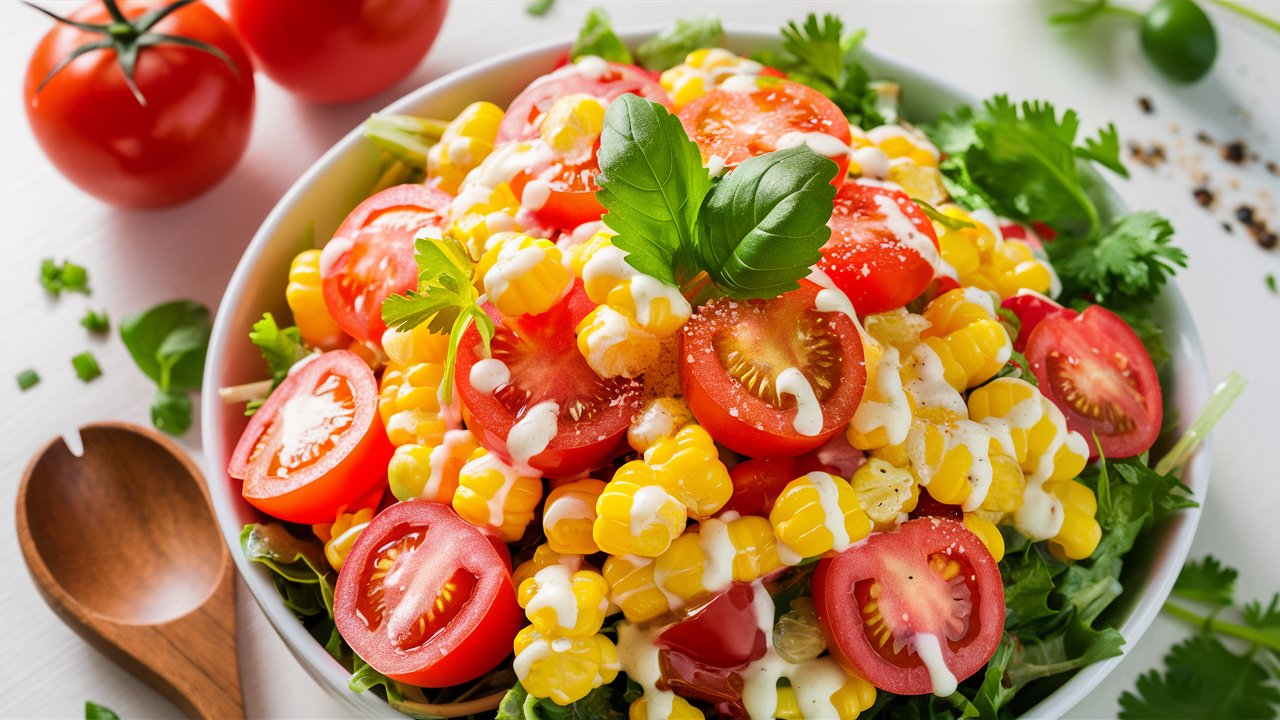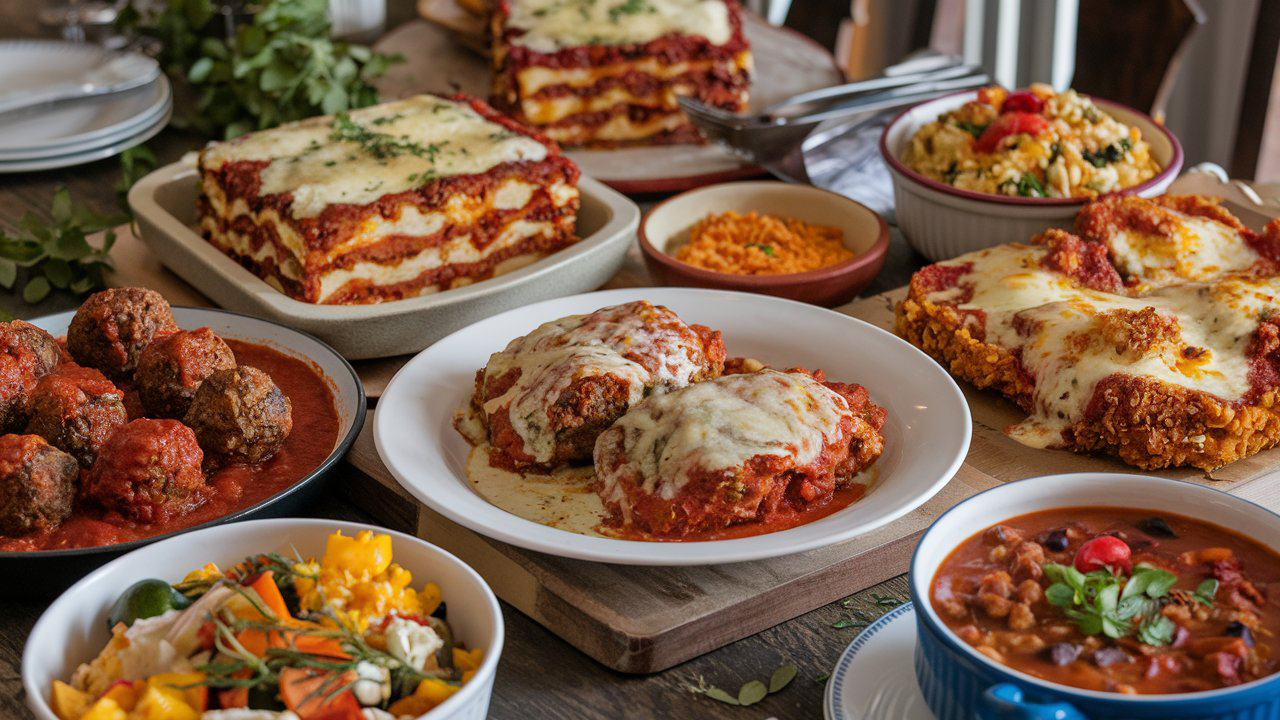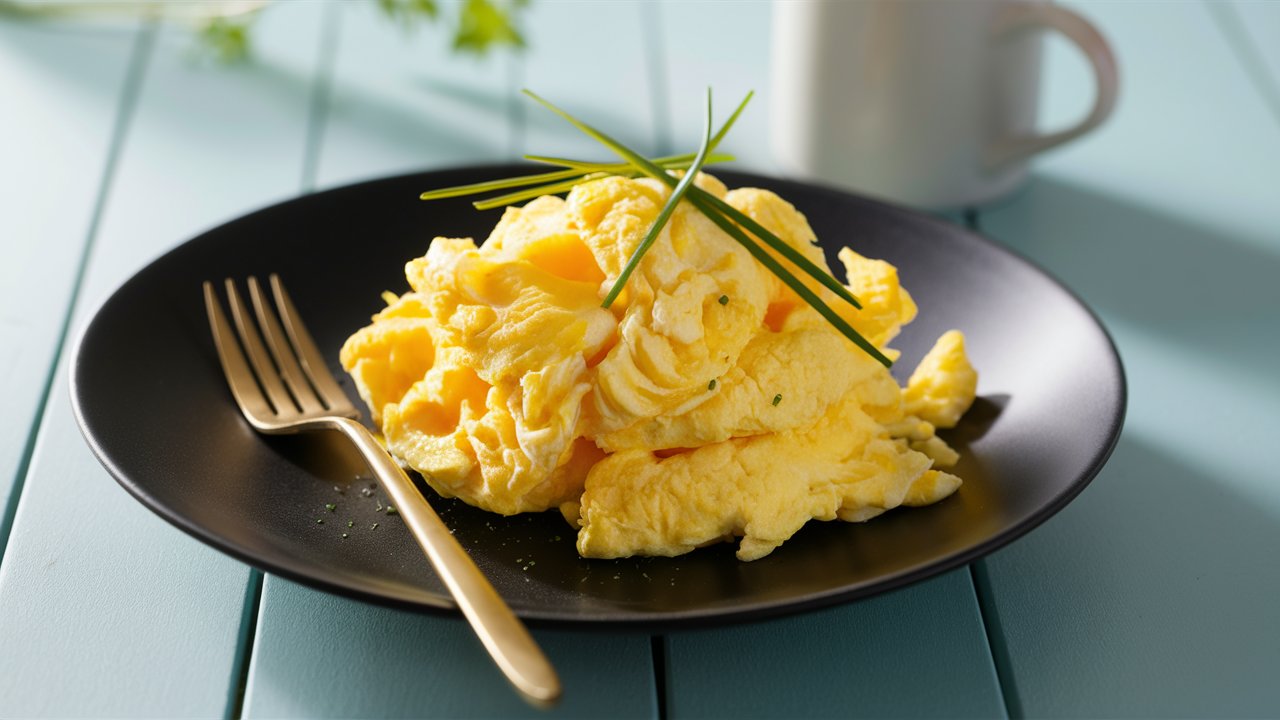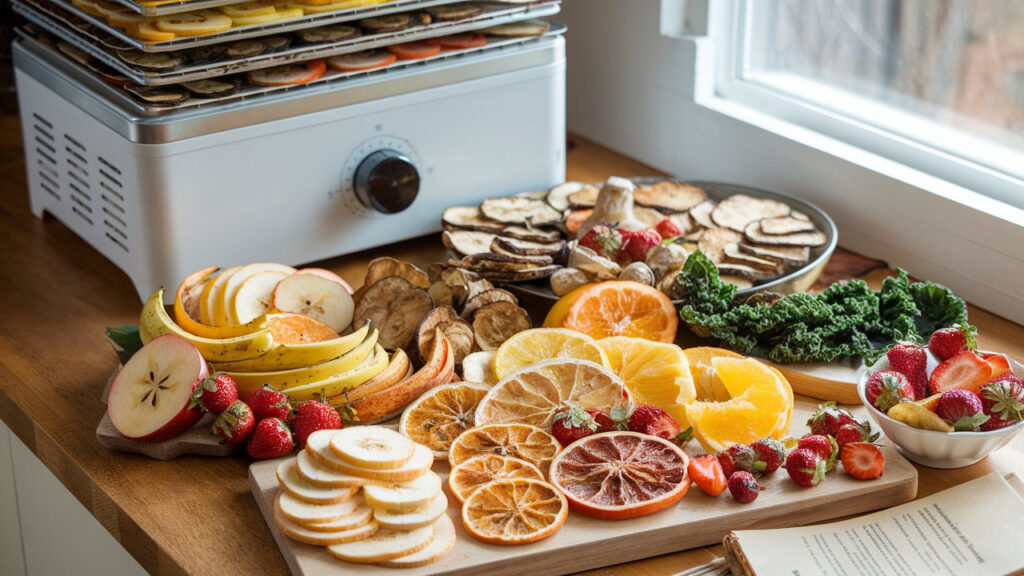
Introduction
Food dehydrators are machines used for food preservation by eliminating the moisture. They are the driving force behind the extension of the shelf life of a large number of different foods under conditions favoring the nutritional content thereof. With the help of a food dehydrator, you will be able to make your own healthy snacks that shall retain essentials nutrients and taste delicious.
One way to start with is to go through all living food recipes can you imagine what a meeting will be like with “food” and “yummy”?
Understanding Food Dehydration
Dehydration of food is the result of the extraction of moisture from the food, which would otherwise allow the growth of bacteria, yeast, and mold. The general process of dehydration is bringing around hot air for the purpose of the evaporation of water content.
The theory behind the moisture removal removes that by having the water’s activity in the food reduced, the shelf-life of the product is significantly extended. When you take away the moisture, you are setting the stage for bacteria to not be found and so the food does not rot.
Benefits of Dehydration:
- Nutrients Preservation: Lowering the temperature for dehydration will result in vitamins and minerals being conserved.
- Enhanced Flavors and Textures: The method of distillation is the removal of water from the juice by evaporation, and the resulting juice has higher concentrations of sugar content, hence the strong taste experienced.
- Improved Shelf Life: Dehydrated foods, if packed and stored properly, can be stored for a very long time, even up to 12 months to 3 years.
Understanding these rules will make you are better what you can do to take advantage of your food dehydrator, packing more nutrients into dry vegetables and fruits, creating with trail mixes that stay same quality, and that keep here with them you prepared the food with, but only get the needed nutrient from them.
Popular Food Dehydrator Recipes
1. Bark Recipes
Dehydrated bark is a special alternative for a snack that is both texture and health. These soft flakes of dehydrated bark are usually made of starchy foods and are good for a quick energy meal or snack.
Sweet Potato Bark Recipe
Sweet potato bark is actually one of the few food items that have high amounts of starch and are also naturally sweet. it brings a rapid supply of energy, thus, making it an ideal snack for those who are on a day out or have a very tight schedule.
Ingredients:
- 2 large sweet potatoes, peeled and boiled
- 1 tbsp olive oil
- 1 tsp salt
Instructions:
- Mash the Sweet Potatoes: Once boiled, mash the sweet potatoes until smooth.
- Add Olive Oil and Salt: Blend in the olive oil and salt.
- Spread on Dehydrator Trays: Evenly spread the mixture onto dehydrator trays lined with parchment paper.
- Dehydrate: Set your food dehydrator to 135°F and dehydrate for 8-10 hours or until completely dry and brittle.
- Break into Pieces: Once dehydrated, break the bark into snack-sized pieces.
If you want to boost your pet’s protein content, you can mix some of your bark recipes with bean powder. This is bean powder made by grinding dried beans into a fine flour, which can be used to mix with mashed vegetables such as sweet potatoes to increase the nutritional value.
Alternative Ingredients:
- Bean Powder: Use as a protein-rich addition to any bark recipe.
- Other Starchy Foods: Mashed pumpkin or creamed corn can serve as bases for different variations of dehydrated bark.
These recipes not only expand your choice of snacks but they also help you put together convenient-to-take snacks chock-full of essential nutrients.
2. Fruit Leather Recipes
Fruit leather is generated by macerating fruits and turning them into a gelatinous, tasteful dessert. This way preserves there lower natural sweetness, together with their nutritive value, which makes it the best in line with food dehydrator recipes.
Apple Sauce Fruit Leather Recipe
Ingredients:
- 2 cups of unsweetened apple sauce
- 1 tsp of cinnamon (optional)
Instructions:
- Spread the apple sauce evenly on a parchment-lined dehydrator tray.
- Sprinkle cinnamon over the top for added flavor.
- Dehydrate at 135°F (57°C) for 8-12 hours, until the leather is pliable yet firm.
This easy recipe calls attention to the fiber content and the natural sweetness of the apples, offering a health snack preparation that is quick and fun to make at home. Change it up by using other fruits such as mangoes or strawberries to make your fruit leather recipes.
3. Vegetable Chips Recipes
Homemade vegetable chips are on the craze of health and diet trends but kale chips win the trophy of being the wisest choice among all the homemade vegetable chips because of their exceptional nutrient density and crispy texture. Along with tons of vitamins A, C, and K, this type of chips offers a satisfying and healthy snack.
Turmeric Kale Chips Recipe
To make turmeric kale chips, you’ll need:
- 1 bunch of kale
- 2 tablespoons of olive oil
- 1 teaspoon of salt
- 1 teaspoon of turmeric powder
Instructions:
- Prepare the Kale: To prepare the kale wash and dry it completely. Take off the stems and break the leaves off into small, bite-sized pieces.
- Season the Kale: The kale is sliced and put into a large bowl. Then it is sprayed with olive oil, salt, and turmeric powder until it evenly distributed throughout the bowl.
- Dehydrate: Place kale pieces evenly on your food dehydrator trays. Turn on your food dehydrator and set the temperature to 135°F and then wait for 8-10 hours before the chips get crispy.
Enjoy these turmeric-infused kale chips as a nutritious snack packed with anti-inflammatory benefits.
4. Dried Fruits and Snacks Recipes
Dried fruit is almost a complete classic in terms of convenience as it demands space and does not have a shelf life. This makes them best for those who are constantly on the go and want to take healthy snacks with them in their outdoor activities. When you use a food dehydrator, you will be able to prolong the natural sweet taste and keep the vitamins and minerals of the fruit while also creating enjoyable, chewy snacks.
Common Dried Fruits:
- Apples: Thinly slice apples and arrange them on the dehydrator trays. Dehydrate at 135°F for 6-8 hours until they reach your desired texture.
- Peaches: Slice peaches into even pieces, place them on the trays, and dry at 135°F for 10-12 hours.
- Bananas: Cut bananas into thin slices and dehydrate at 135°F for 8-10 hours.
- Strawberries: Halve or slice strawberries before dehydrating at 135°F for 8-10 hours.
These dried fruit recipes demonstrate the versatility of dehydrators to produce nutrient-dense, convenient-to-eat snacks. If you are interested in grabbing a few energy snacks or trying out different recipes with the food dehydrator, dried fruits are a healthy and delicious option to look at.
5. Jerky Recipes (Beef, Turkey & Vegan Options)
Jerky is a very common use of food dehydrators. It’s a good source of protein, so it’s perfect for a quick snack on the go. If you prefer poultry, beef, or vegan out there, jerky has recipes for all of you. That’s right, whether you are a beef lover, a turkey fan, or a plant-based eater, you can make your very own jerky.
Classic Beef Jerky Recipe:
Ingredients:
- 1 lb lean beef (sirloin, round, or flank steak)
- 1/4 cup soy sauce
- 1/4 cup Worcestershire sauce
- 1 tbsp honey
- 1 tsp black pepper
- 1 tsp onion powder
- 1 tsp garlic powder
- 1 tsp smoked paprika
Steps:
- Preparation: First, remove any extra fat found on the meat and then cut it into thin strips, but make sure these strips are against the grain.
- Marinating: In a bowl, mix all the ingredients to get the marinade. Put in the beef strips, making sure each one is perfectly coated. Put on the cover and put the container in the fridge for not less than 6 hours or overnight.
- Dehydrating: Put the marinated strips on dehydrator trays in a single layer. Turn on the dehydrator at 160°F (70°C) and dry the jerky for approximately 4-6 hours until the jerky dries well but is still a bit flexible.
Turkey Jerky Recipe:
Follow the same steps as above, substituting lean turkey breast for beef. Adjust spices to taste.
Vegan Jerky Option:
For a plant-based alternative, use firm tofu or tempeh:
Ingredients:
- 1 block firm tofu or tempeh
- Marinade: Same as above or customize with flavors like liquid smoke and maple syrup.
Steps:
- Press tofu to remove excess moisture before slicing.
- Marinate and dehydrate using similar methods to achieve a chewy texture.
These jerky recipes are not only delicious but also serve as protein-rich snacks that are perfect for your busy lifestyle.
6. Custom Meals for Camping (Stroganoff & Chili Mac)
One very positive point of dehydrated meals for outdoor trips is that you don’t have to carry the heavy ingredients that might not be practical. Lightweight and compact, such meals allow you to always have your endurance levels on a high level and your meals remain healthy even when you are on the go.
Creating Custom Camping Meals:
- Cooked Grains: Commence your main course by using cooked grains like rice, quinoa, or even pasta. The food will be your main avenue of the meal.
- Vegetables: Either add dehydrated or freeze-dried bell peppers, carrots, and peas. Your creativity and the flavors of the food will result in the tastiest.
- Seasonings: Add a combination of seasonings to heighten the taste. Think about getting garlic powder, onion powder, and parsley for Stroganoff. For the Chili Mac, you can include chili powder, cumin, and paprika although it is not required.
- Proteins: Dehydrated beef strips for Stroganoff are the best proteins to include or you can also have beans for a vegetarian Chili Mac. (Change this sentence to the passive) Dehydrated beef strips, as the most preferable proteins, were to be included and also in case of vegetarian Chili mac beans can be added as well.
Example Recipe: Beef Stroganoff
Ingredients: Dehydrated beef strips, cooked pasta, mushrooms, onions, garlic powder, parsley
Steps:
- Combine all ingredients in a zip lock bag.
- To rehydrate: Add boiling water and let it sit for 10-15 minutes.
Play around with these food dehydrator recipes to produce camping meals that are light in weight and simple to prepare but at the same time incredible in taste.
7. Preserving Herbs and Vegetables (Basil & Tomatoes) For Long-Term Use
Food dehydrator can help you make fresh herbs and vegetables in the comfort of your home whenever you want, it is a good way of keeping the dish that you love available in all seasons. Dehydration is a great method, but you can also think of other conservation techniques such as freeze-drying, which can keep more nutrients and flavor. Nevertheless, if dehydrating is the technique you choose, it is essential to pick herbs that are not very wet for the desirable results. Basil can be considered the best as it gets dehydrated easily and keeps the strong taste.
Tips for Successful Herb and Vegetable Dehydration:
Choosing the Right Herbs/Vegetables:
- Opt for fresh basil, parsley, bell peppers, carrots, zucchini, and tomatoes.
- Wash them thoroughly to remove any dirt or pesticides.
Drying Process:
- Arrange herbs in a single layer on the dehydrator trays.
- Set your dehydrator to around 95°F to 115°F for herbs.
- For vegetables like tomatoes, set the temperature at approximately 125°F to 135°F. You can find more detailed instructions on dehydrating tomatoes here.
Storage Solutions:
- Once fully dried, store herbs and vegetables in airtight containers away from light.
- Vacuum sealing can extend shelf life significantly by preventing moisture re-entry.
Practical Advice:
- Use dried basil in pasta sauces or soups.
- Rehydrate tomatoes for stews or salads.
Experiment with these herb preservation recipes using your food dehydrator. The ability to enjoy potent flavors all year round adds value to your culinary creations.
Tips for Successful Dehydrating
Optimal Temperature Settings
Getting the right temperature is key to successful dehydrating. Different foods need different temperatures:
- Fruit Leathers: Set your dehydrator to 135°F (57°C) for fruit leathers. This ensures a chewy texture without over-drying.
- Vegetable Chips: Keep the temperature around 125°F (52°C) for veggie chips. This maintains crispiness while preserving nutrients.
- Jerky: Use higher temperatures, about 160°F (71°C), to thoroughly dry out meat and prevent bacterial growth.
Proper Storage Techniques
Storing your dehydrated foods correctly extends their shelf life:
- Use glass jars instead of plastic bags, however, make sure the food is completely cooled before transferring. Heat can cause condensation, leading to spoilage risks.
- Vacuum sealing helps in minimizing air exposure, which keeps your dehydrated items fresher for longer periods.
- Keep your glass jars or vacuum-sealed bags in a cool, dark place so that light and heat do not negatively affect dehydrated foods.
Additional Tips
- Uniform Slicing: Ensure uniform slicing of fruits and vegetables for even dehydration.
- Pre-treatment: Soak fruits like apples and bananas in lemon juice to prevent browning.
- Regular Monitoring: Check on your food periodically during the dehydration process to avoid over-drying.
By following these tips, you can maximize the efficiency and effectiveness of your food dehydrator.
Conclusion: Embrace Healthy Snacking with Your Food Dehydrator!
Dive into a food dehydrator and unlock the ways you could make yourself healthy if you don’t get trapped in the same low creativity of your cooking. Some of the available choices are liquid chips that are enriched with necessary vitamins and supplements or energy bars that will provide you with the required nutrients. And you can do this by being creative and designing your own mouth-watering and at the same time, healthful snacks and dishes.
Then why would you still choose to eat jerky strips only when there are in fact enormous other very delicious options concealing? Give it a try right now and you will experience how your food dryer can twist up your snacks.
FAQs (Frequently Asked Questions)
What is a food dehydrator and how does it help in food preservation?
A food dehydrator is an appliance that eliminates enough water from food which makes it preserved during the time. By reducing moisture content, dehydrators extend the shelf life of foods while retaining nutrients, making them ideal for creating healthy snacks.
How does the dehydration process work?
The process of dehydration entails the extraction of moisture from the food through a controlled heating and airflow process. As this procedure opposes spoilage, it even elevates the flavors and textures of the edibles while enabling longer non-refrigeration periods.
Can you provide a recipe for a healthy snack using a food dehydrator?
One of the recipes commonly known is for sweet potato bark. Just take sweet potatoes, slice them thinly, and season as per your taste and then dehydrate them until they get crispy. This snack is energy-giving with its content of starch and can be improved with a bean powder for the extra protein.
What are some popular recipes I can try with my food dehydrator?
You can try different recipes such as fruit leather (like apple sauce fruit leather), vegetable chips (like turmeric kale chips), dried fruits (like apples and peaches), jerky (beef or vegan options), custom camping meals, and preserving herbs like basil.
What tips should I follow for successful dehydrating?
Make sure to follow the setting of the correct temperature for the specific type of food you are dehydrating this way you can get the best possible result; e.g. The temperature for fruit leathers should be 135°F/57°C. Other than that, you might want to use glass jars instead of plastic bags because they protect from condensation and spoilage.
Why are dehydrated meals suitable for camping?
Dehydrated meals are light and can be easily carried, so they are an ideal choice for camping tours where it is impossible to bring along a lot of heavy stuff. You can whip up your dishes by combining cooked cereal, vegetables, and various seasonings that can be reconsumed when required.

